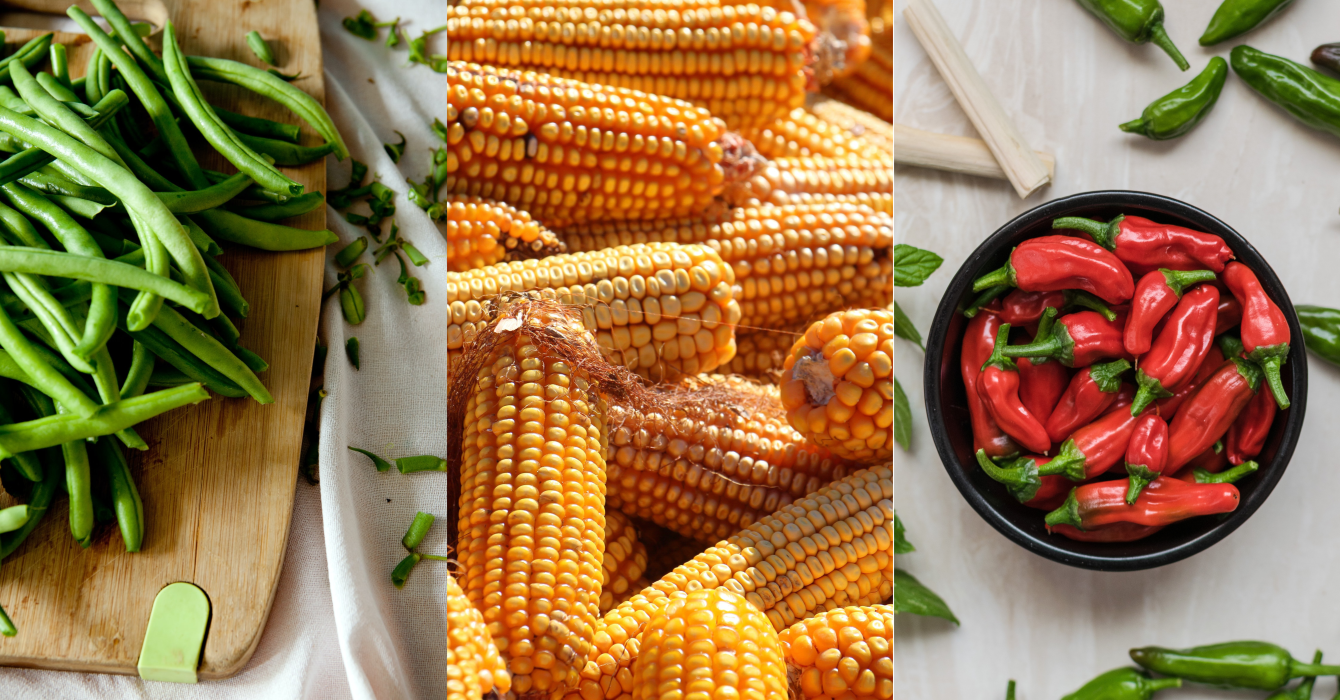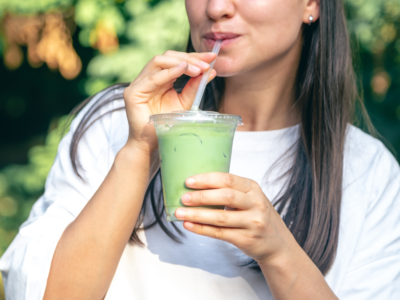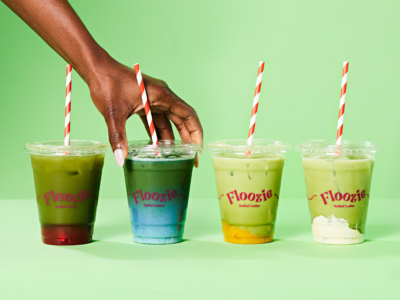Research shows that pairing certain ingredients and eating colourful foods can help maximise your nutrient intake for vitality, so does combining the two concepts make you healthier?
When it comes to health, there are a lot of rules to live by. Get your morning sunlight for stronger bones, sleep at least eight hours a day and drink plenty of water. It can be overwhelming, and when it comes to nutrition, the rules aren’t any easier to follow. However, a new 2023 healthy eating trend could be about to simplify things.
Often described as ‘eating the rainbow’, scientists around the world have begun advocating the consumption of certain coloured foods as a way of maximising your nutrient intake. Research has shown that consuming a variety of different coloured compounds from plants can help reduce risk of chronic diseases such as cardiovascular disease, diabetes and cancer.
“There are thousands of phytochemicals in plants, such as flavonoids, glucosinolates and carotenoids,” says Deanna Minich, PhD. “The colourful variety of phytochemicals has several functions, including protecting the cells through antioxidant activity and supporting gut microbiome. If we omit a colour from our daily eating, we may miss out on important compounds for our health.”
Dr Michael Greger, founder of nutritionfacts.org and bestselling author of How Not to Die, agrees that eating colourful foods can benefit long-term health. “The colours are the antioxidants,” he says. “For example, you triple the absorption of lycopene from tomatoes into your bloodstream if you eat salsa with avocado compared to salsa alone.”
Classic combinations in the orange and red spectrum include tomatoes and olive oil and, for nutrient-dense green vegetables, vitamin-rich foods like spinach or kale work well to complement good healthy fats
like avocado.
Read more: How to beat food waste and get creative in the kitchen with ‘compleating’
At the Waldhotel Health and Medical Excellence centre in Lucerne, Switzerland, the team of nutritionists have taken colourful eating to new heights. Known as the Vitality Cuisine Concept, the programme suggests that by classifying foods into colours, all the nutrients are better absorbed by the body because foods of the same colour have comparable active ingredients.
Martin Stein, executive culinary director and founder of the WaldHotel Cuisine Concept (WCC), says the idea was developed to educate his guests on the benefits of grouping ingredients by colour. “Imagine going to a market. Most people will always buy their favourite vegetables, mostly the same every week, but with this concept they will be slightly forced to buy different vegetables to follow the WCC plan.”
Dr Harry König, head of Brenners Medical Care in Baden-Baden, Germany, says that diversity is key to fully benefit from eating a colourful diet. “Eating a variety of fruits and vegetables in different colours provides the body with a wide range of vitamins and minerals, to help us stay healthy, ensuring a balanced intake of vital substances,” he says.
Dr Greger suggests testing this theory out at home and that eating the entire rainbow is in fact easier than it sounds. “Greens may seem drab compared to a carrot or tomato, but the chlorophyll [which is responsible for their green colour] is covering up the abundance of red, yellow, and orange pigments, so when we eat our greens, we are eating the whole rainbow,” he says.
Read more: How to stick to a plant based diet in January and beyond














